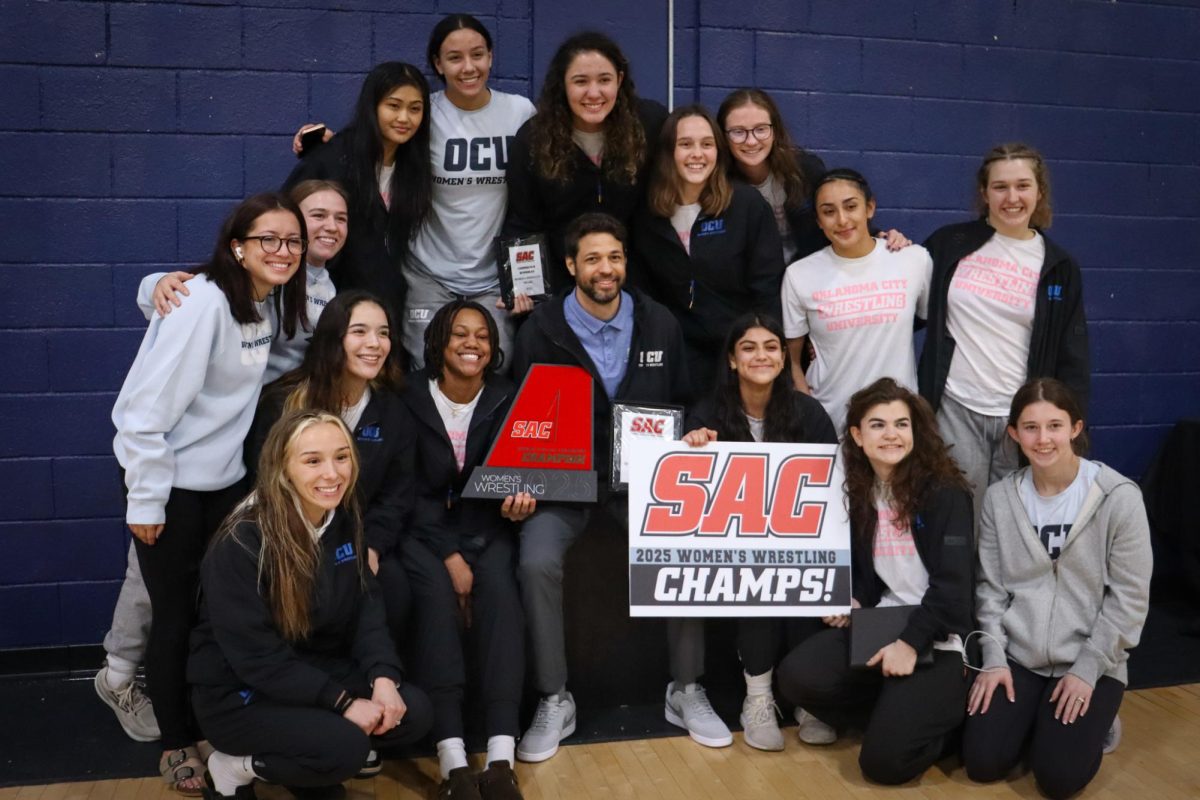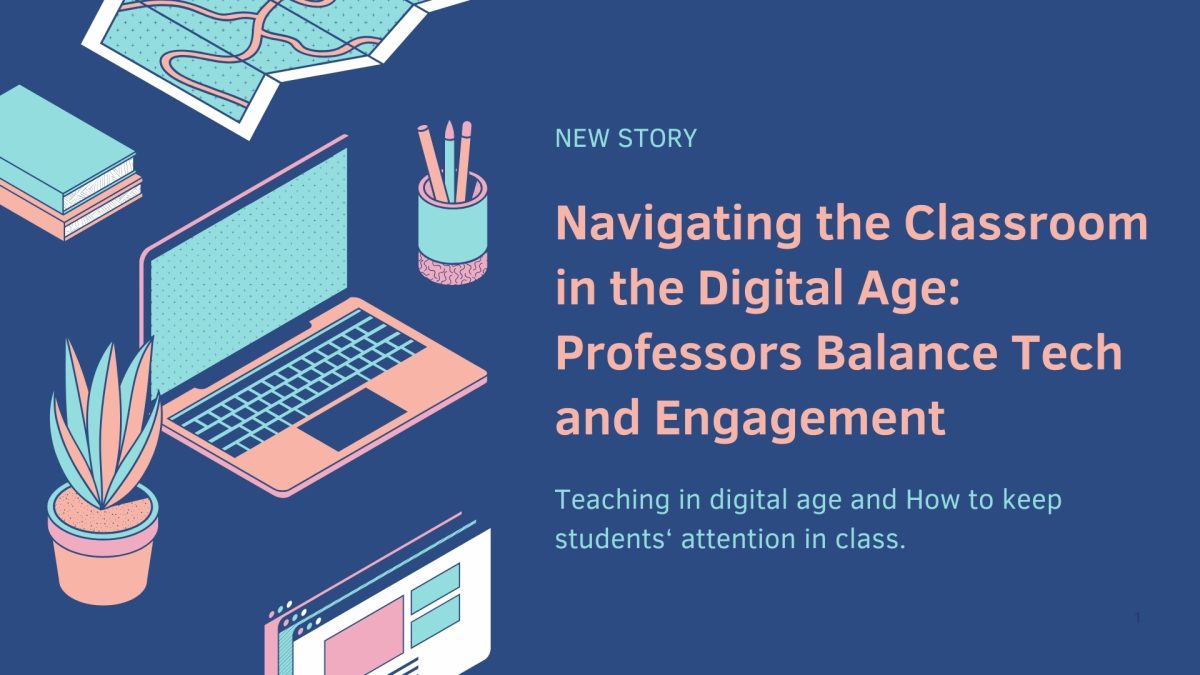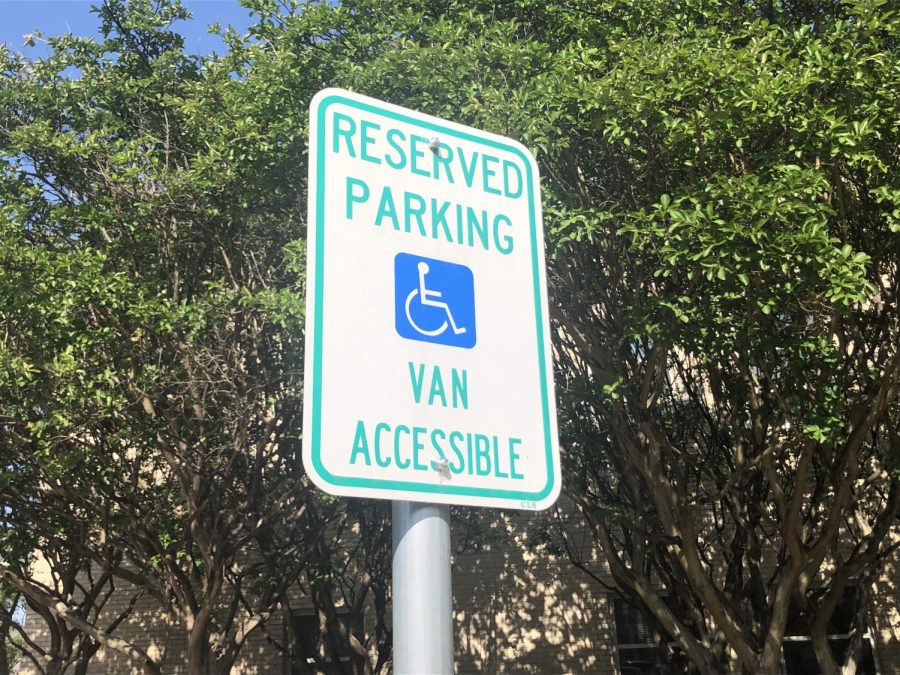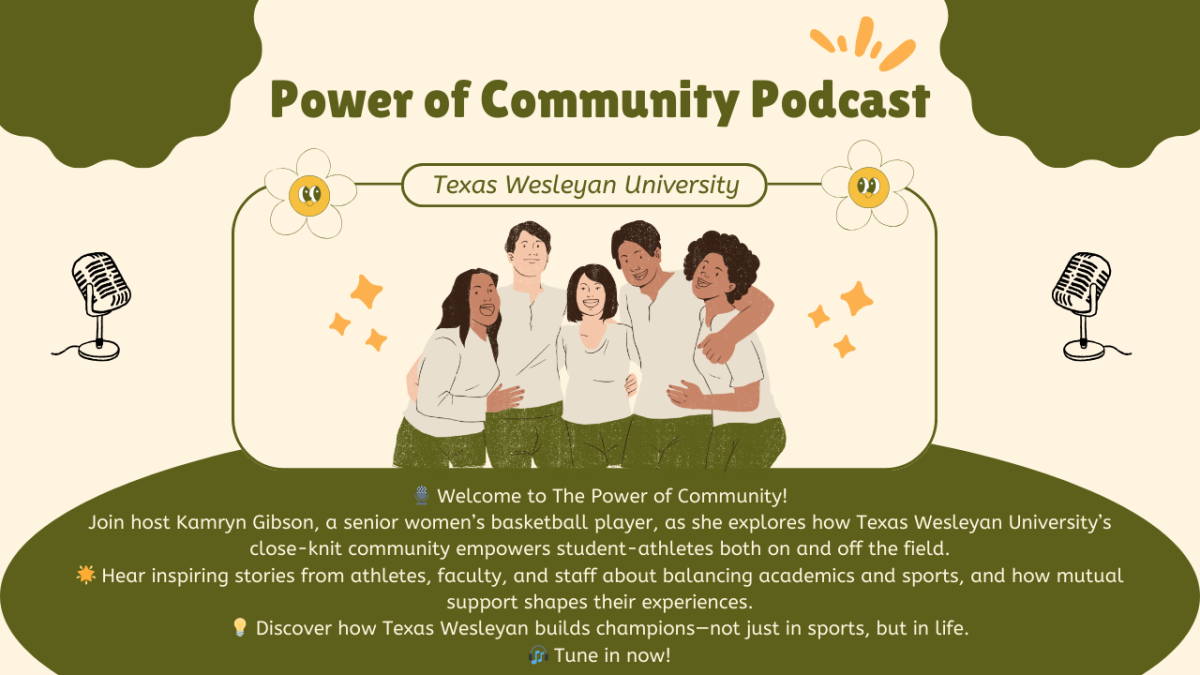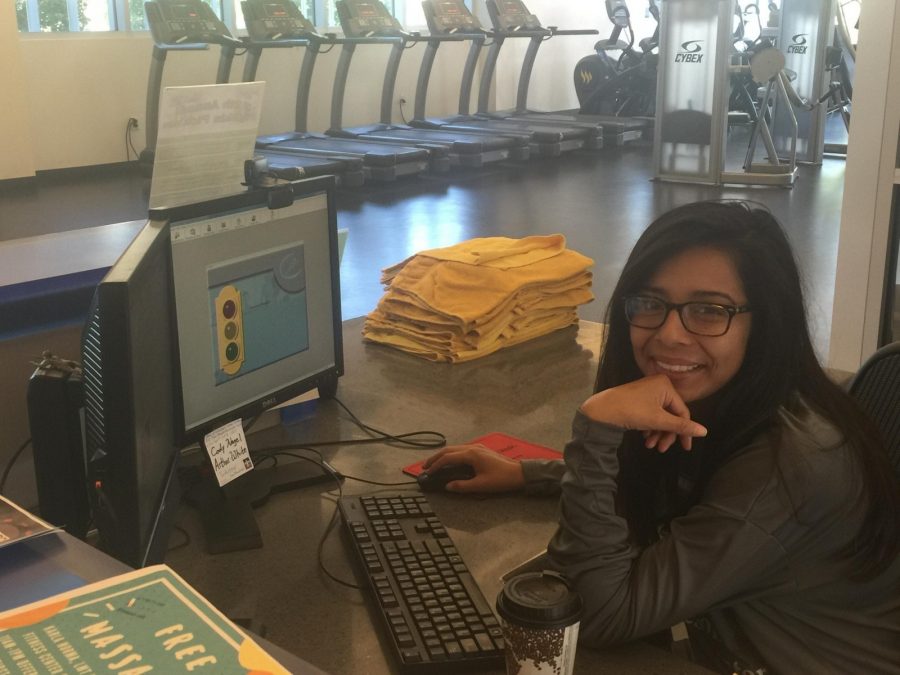From the moment we start our educational journey, we are told that we must do well to get into college.
What impressionable young students are not told is that the main concern about getting into college is not having the grades, but having the money.
Tuition, books, parking passes and food are but a few things college students must worry about today.
Scholarships and financial aid are available, but most often, they don’t cover the full cost of college.
There is, however, another solution for most in the form of student employment. Most colleges have some form of student employment programs, including work study programs. Work study is employment through the educational institution that’s paid for by the government.
These programs, though helpful to students in need of money, do have some drawbacks.
Texas Wesleyan limits the number of hours any student worker can work to 20. This should not be the case.
A full-time position is considered 35-40 hours a week. Typical retail stores such as Target or Walmart allow their employees to work to a maximum of 40 hours a week, but many students who live on campus do not have adequate transportation to seek employment elsewhere.
Students who must rely on campus employment to get by and get through college would be helped by more hours and the possibility of full-time work.
Wesleyan students are paid above minimum wage with $10.10/hr, but with the restriction of 20 hours, they are unable to claim a full-time position, limiting their financial opportunities.
According to the College Board, the average tuition cost for 2015-2016 was $9,410 for public colleges and $32,405 for private colleges.
The topic of student debt is now a social norm; it is accepted that students will have to take loans to get through college.
Work study programs limit student hours based on how much a student was awarded under the work study.
The University of Texas at Austin limits work study students to 20 hours a week while enrolled, according to the university’s website.
According to “Learning While Earning: The New Normal,” a study from Georgetown University’s Center on Education and the Workforce, over the past 25 years more than 70 percent of college students had to work while attending school. As tuition goes up, so must the demand for students to find additional methods of making money.
Students may even go into college with part-time jobs, but then seek to gain additional money through employment from the university.
Students with no employment outside college have to make due with just 20 hours of work per week, and for them, money will always be tight.
Colleges may want to take a look at these students as they have populations of students who are willing to work 40-hour weeks, but cannot due to work study stipulations or campus funding.





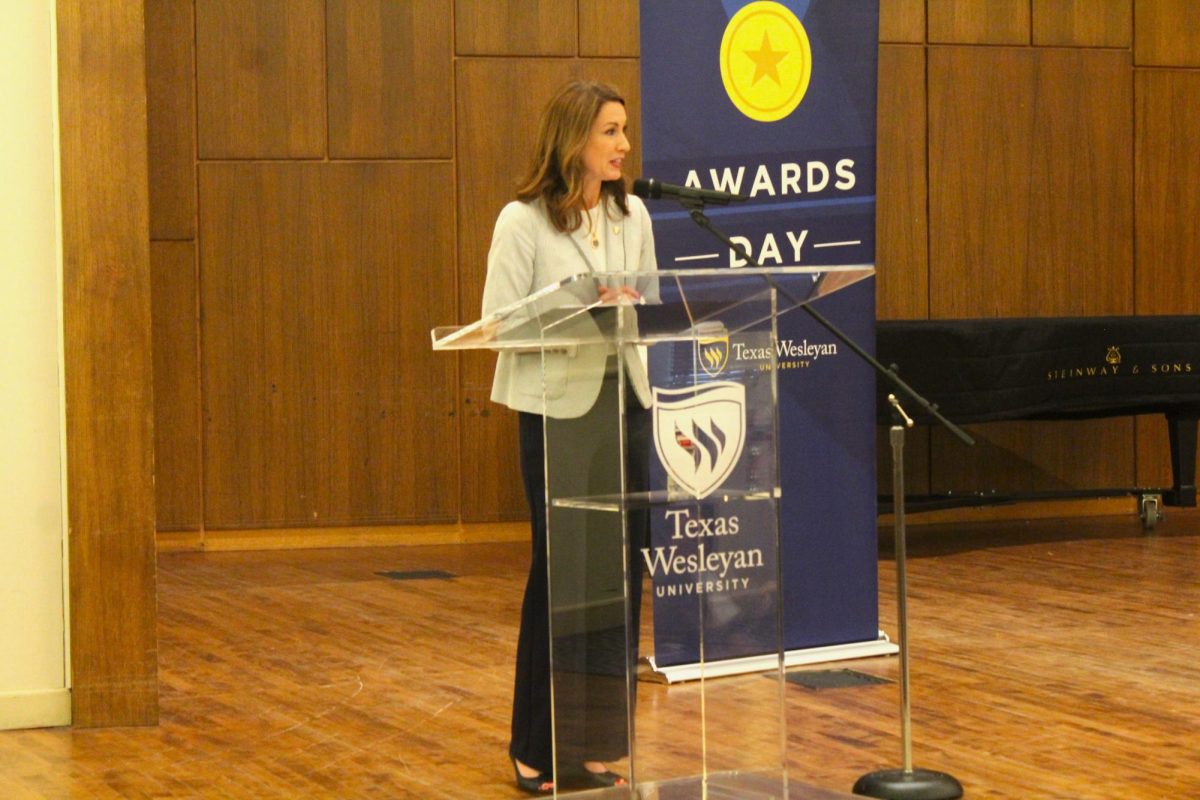
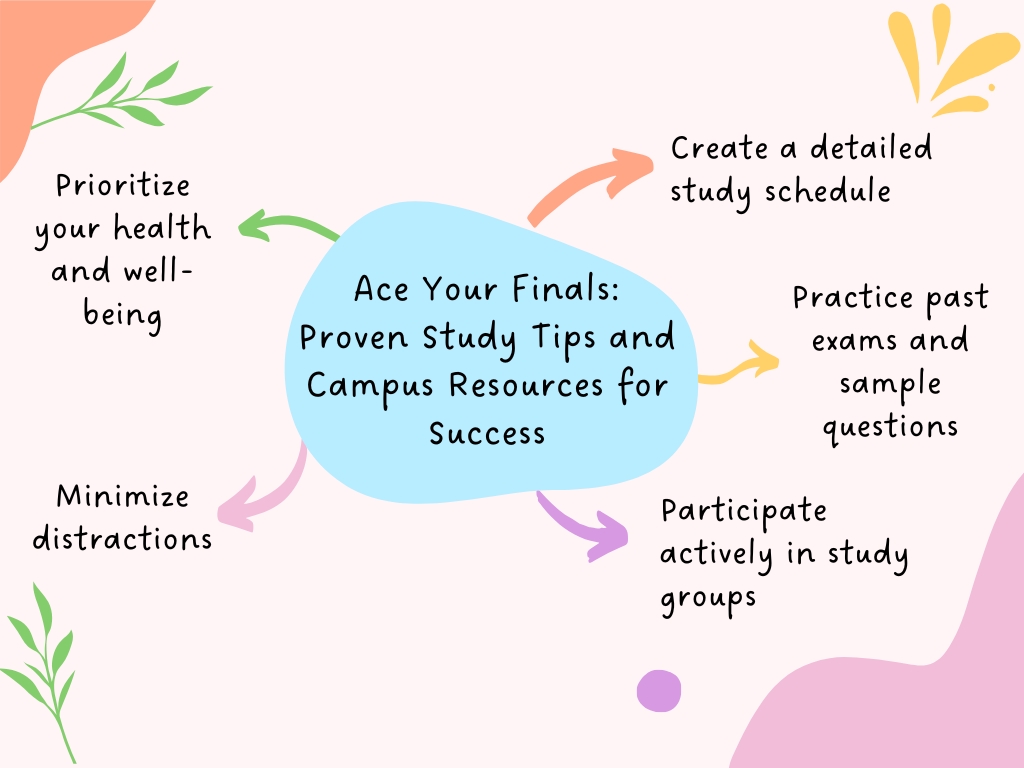


![Pippin, played by Hunter Heart, leads a musical number in the second act of the musical. [Photo courtesy Kris Ikejiri]](https://therambler.org/wp-content/uploads/2025/04/Pippin-Review-1200x800.jpg)
![Harriet and Warren, played by Trinity Chenault and Trent Cole, embrace in a hug [Photo courtesy Lauren Hunt]](https://therambler.org/wp-content/uploads/2025/02/lettersfromthelibrary_01-1200x800.jpg)
![Samantha Barragan celebrates following victory in a bout. [Photo courtesy Tu Pha]](https://therambler.org/wp-content/uploads/2025/05/20250504_164435000_iOS-834x1200.jpg)
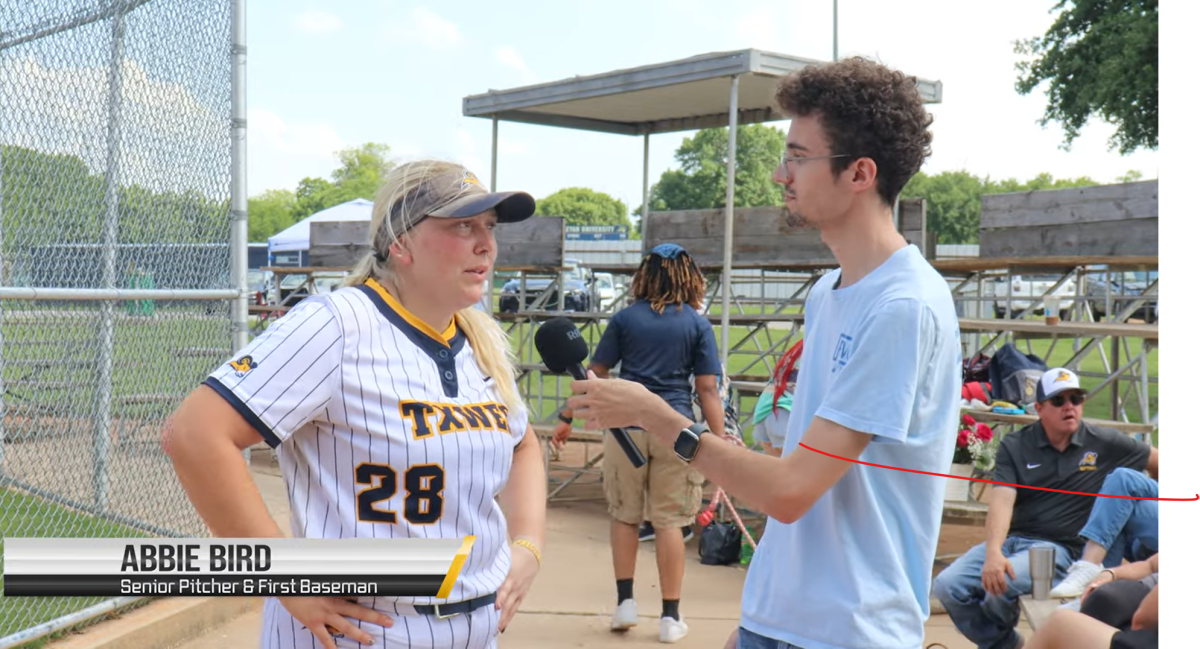


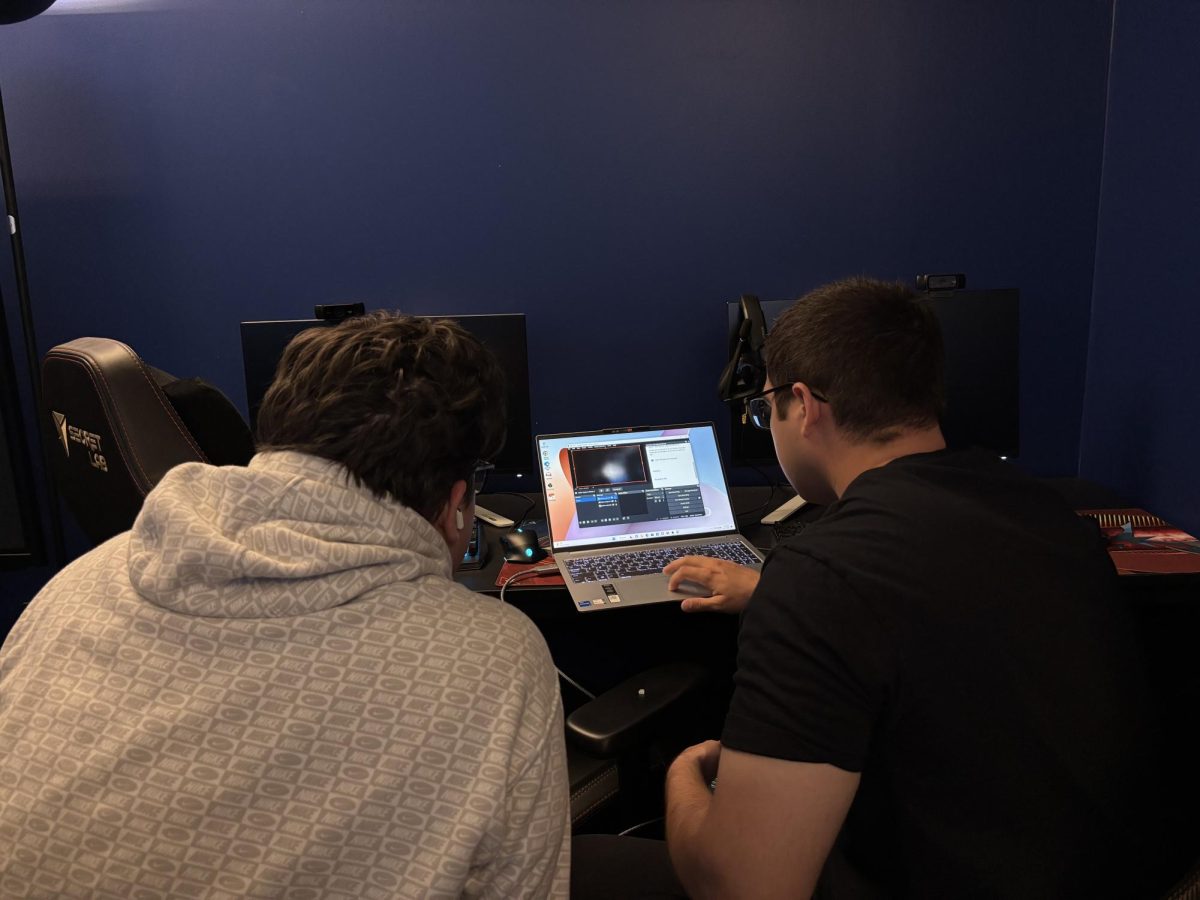

![Hunter Heart (center), the play's lead, rehearses a scene alongside other student actors. [Photo courtesy Jacob Sanchez]](https://therambler.org/wp-content/uploads/2025/04/thumbnail_IMG_8412-1200x816.jpg)
![Student actors rehearse for Pippin, Theatre Wesleyan's upcoming musical. [Photo courtesy Jacob Rivera-Sanchez]](https://therambler.org/wp-content/uploads/2025/04/Pippin-Preview-1200x739.jpg)
![[Photo courtesy Brooklyn Rowe]](https://therambler.org/wp-content/uploads/2025/05/CMYK_Shaiza_4227-1080x1200.jpg)

![Lady Rams softball wraps up weekend against Nelson Lions with a victory [6 – 1]](https://therambler.org/wp-content/uploads/2025/04/Screenshot-2025-04-04-100924-1200x647.png)

